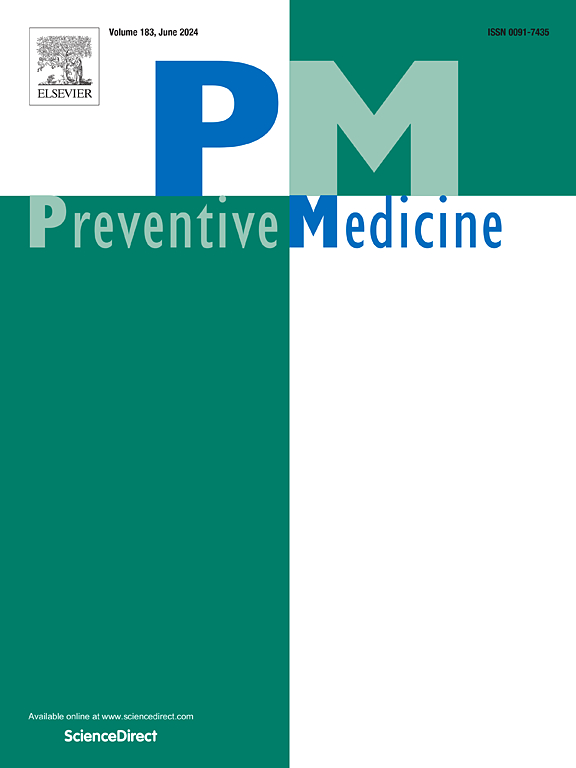Are recent decreases in adult obesity trends in the United States encouraging or alarming?
IF 3.2
2区 医学
Q1 MEDICINE, GENERAL & INTERNAL
引用次数: 0
Abstract
From 2022 to 2023, there was a slight decrease in the prevalence of obesity among adults in the United States. While the reduced prevalence of obesity may be accompanied with certain public health benefits, including in the South that has a longstanding history of preventable morbidity and mortality driven by adverse social determinants of health, these trends have coincided with the increased use of body mass index (BMI) in medical assessments as well as the rapid ascension of weight loss interventions and medications focused on short-term weight loss. This commentary summarizes the rationale for interpreting these trends with caution, including three recommendations for research and practice. The first recommendation focuses on shifting from body composition to cardiometabolic health, including transitioning from BMI to more robust diagnostic systems that incorporate a variety of cardiovascular, metabolic, anthropometric, and genetic factors into medical assessments and risk classification (e.g., cardiometabolic index). The second recommendation reconsiders weight loss as a clinical outcome by emphasizing gradual lifestyle changes over rapid transformations through personalized and systems interventions. The third recommendation focuses on increasing pharmacovigilance of glucagon-like peptide-1 receptor agonist drugs for estimates of misuse and adverse outcomes, especially among high-risk patient populations like eating disorders. The commentary concludes with a synopsis of strategies for each recommendation with the ultimate goal of preventing population-level harms and unintended consequences.
最近美国成人肥胖趋势的下降是令人鼓舞还是令人担忧?
从2022年到2023年,美国成年人的肥胖患病率略有下降。虽然肥胖患病率的降低可能会带来某些公共卫生益处,包括在长期存在由不利的健康社会决定因素导致的可预防的发病率和死亡率的南方国家,但这些趋势与在医疗评估中更多地使用身体质量指数(BMI)以及减肥干预措施和以短期减肥为重点的药物的迅速普及相一致。这篇评论总结了谨慎解释这些趋势的基本原理,包括对研究和实践的三条建议。第一个建议侧重于从身体组成转向心脏代谢健康,包括从BMI转向更强大的诊断系统,将各种心血管、代谢、人体测量和遗传因素纳入医学评估和风险分类(例如,心脏代谢指数)。第二项建议通过强调通过个性化和系统干预的快速转变,逐步改变生活方式,将减肥重新视为临床结果。第三项建议侧重于提高对胰高血糖素样肽-1受体激动剂药物的药物警惕性,以估计滥用和不良后果,特别是在饮食失调等高危患者人群中。评注最后概要介绍了每项建议的战略,其最终目标是防止人口水平的危害和意外后果。
本文章由计算机程序翻译,如有差异,请以英文原文为准。
求助全文
约1分钟内获得全文
求助全文
来源期刊

Preventive medicine
医学-公共卫生、环境卫生与职业卫生
CiteScore
7.70
自引率
3.90%
发文量
0
审稿时长
42 days
期刊介绍:
Founded in 1972 by Ernst Wynder, Preventive Medicine is an international scholarly journal that provides prompt publication of original articles on the science and practice of disease prevention, health promotion, and public health policymaking. Preventive Medicine aims to reward innovation. It will favor insightful observational studies, thoughtful explorations of health data, unsuspected new angles for existing hypotheses, robust randomized controlled trials, and impartial systematic reviews. Preventive Medicine''s ultimate goal is to publish research that will have an impact on the work of practitioners of disease prevention and health promotion, as well as of related disciplines.
 求助内容:
求助内容: 应助结果提醒方式:
应助结果提醒方式:


